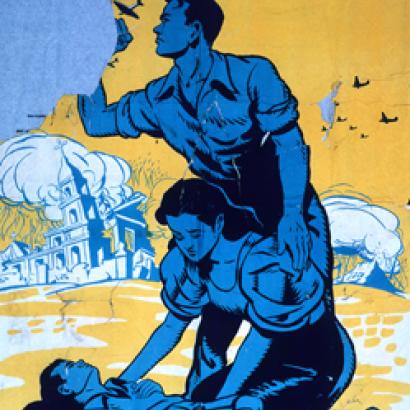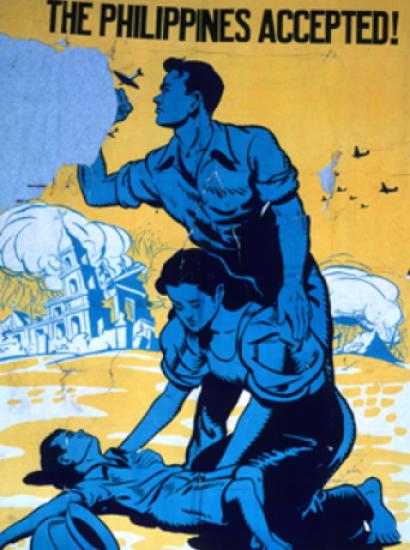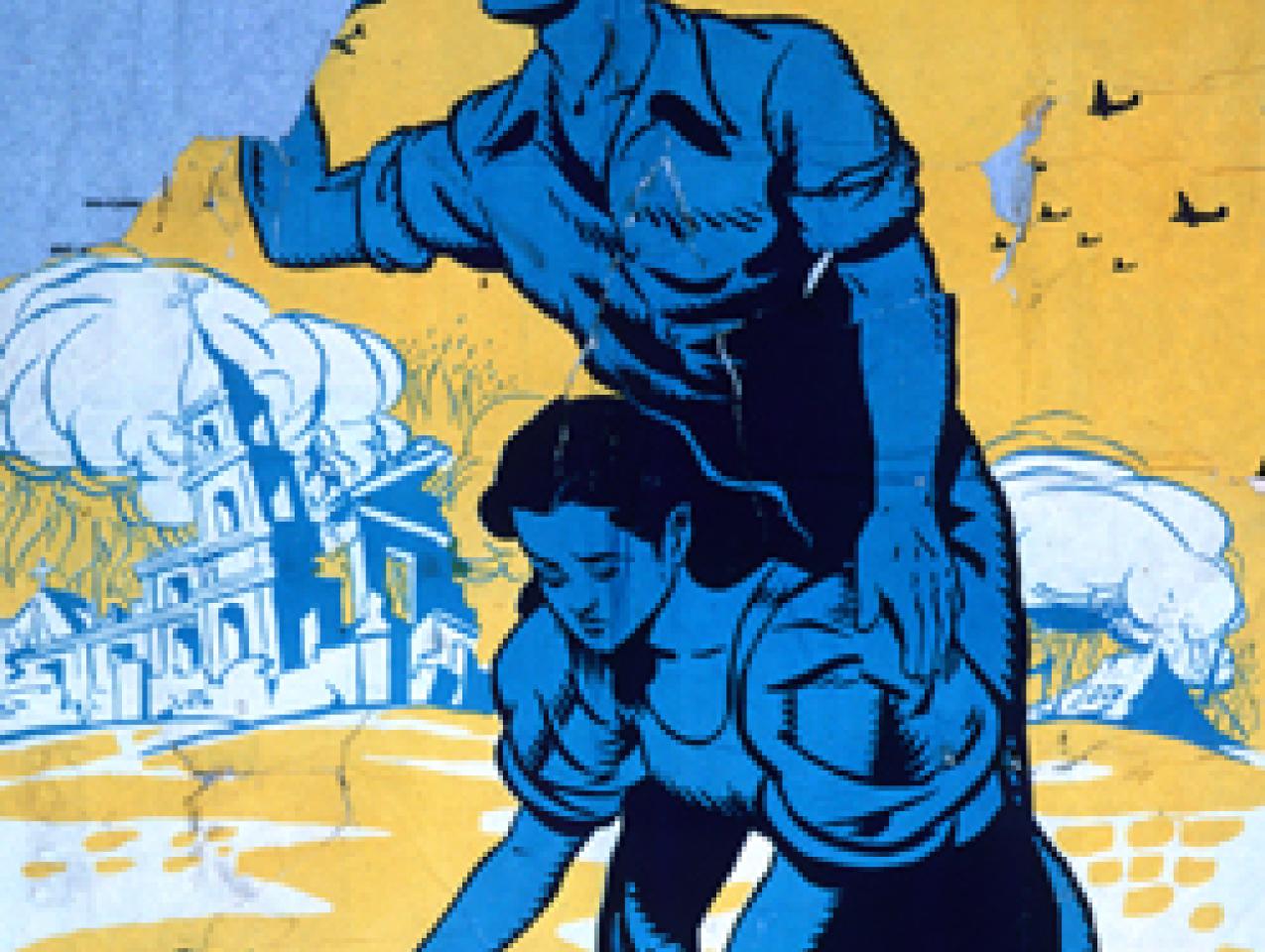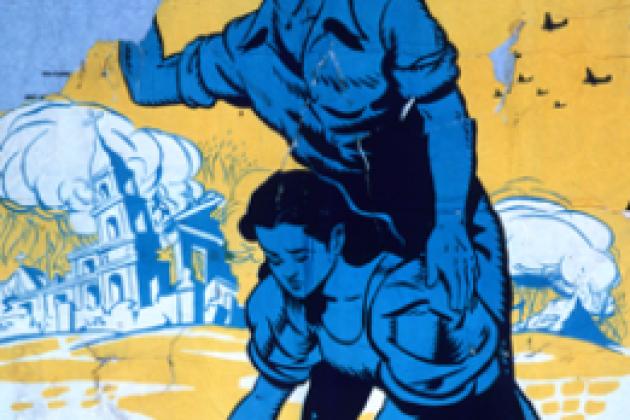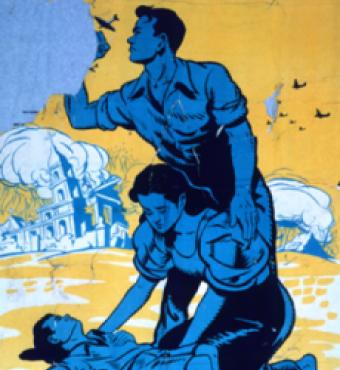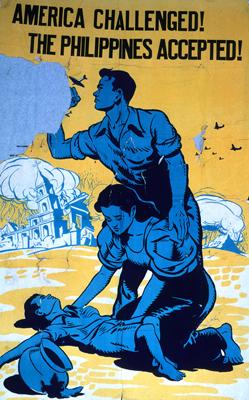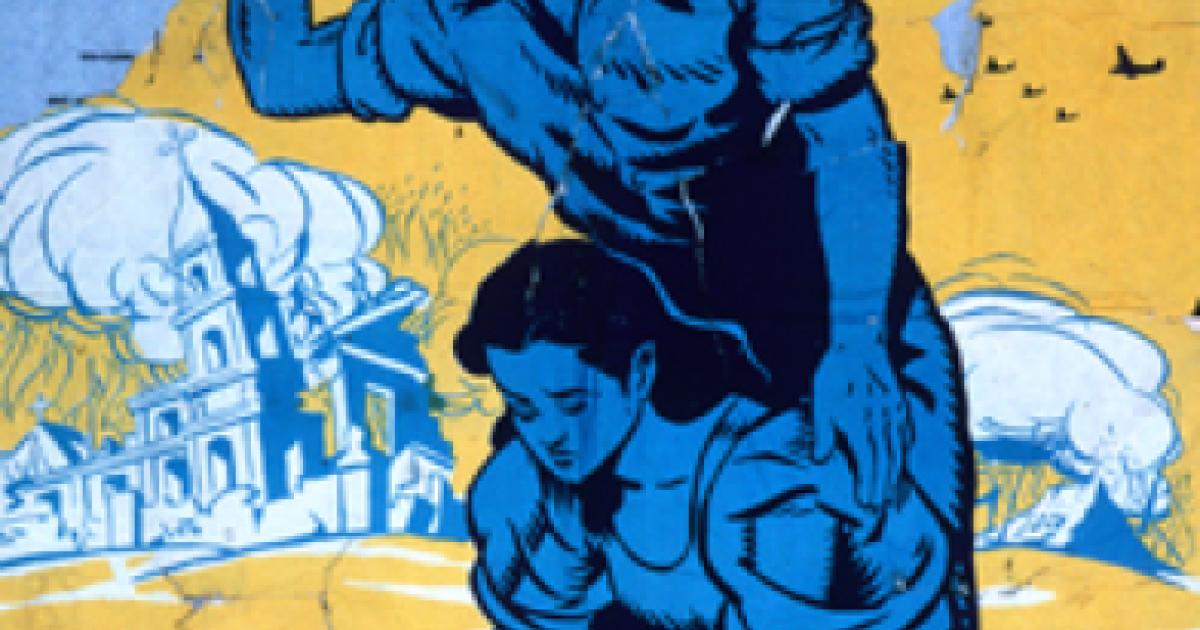- History
- Military
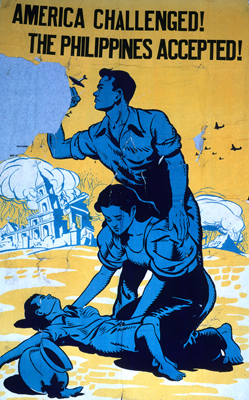
On July 24, 1941, Secretary Of War Henry L. Stimson, reacting to yet another rise in tensions with Japan, ordered that U.S. forces in the Philippines be reinforced. Subsequently, the Philippine Commonwealth Army was called into direct U.S. service. Douglas MacArthur was recalled to active duty and placed in overall command. Immediately, he was sent the 192nd Tank Battalion and 75 self-propelled 75 mm guns. The War Department set to work assembling a bigger package of reinforcements, some 20,000 men and 100,000 ship tons of cargo, which eventually got under way from San Francisco on 55 ships on December 5. They ended up diverted to Hawaii to shore up its defenses. Post Pearl Harbor, the government judged it too risky to try to get those ships all the way across an ocean in which the Japanese navy enjoyed superiority.
Besides, even with these reinforcements, all that American/Filippino troops could do against a major Japanese attack was to hold out longer, until truly massive aid arrived from the United States. But, as the U.S. government ranked rescuing the Philippines against its other priorities—defending the homeland and the war in Europe—it concluded that they were not worth such a massive rescue effort.
Note well: The facts and reasoning by which the U.S. government abandoned its Philippine garrison were as evident prior to December 7, 1941 as afterward. Nevertheless, the government chose not to withdraw the garrison, or to render it capable of defeating a Japanese invasion. Rather, it ended up increasing the number of men who ended up in the Bataan Death March. In short, the government kept a garrison and sent reinforcements without asking: “and then what?”
On July 8, 2016, the U.S. government led the North Atlantic Treaty Organization into a commitment to station four battalions of circa 1,000 men each in the countries most vulnerable to Russian aggression: the British in Estonia, the Germans in Lithuania, the Canadians in Latvia, while U.S troops will back them in Poland. These units are not to defend against the Russian army, nor to hold it back. There has been no thought given, much less plans made of rushing to rescue the Westerners through sophisticated Russian defenses in the quantity necessary to defeat the Russians. Rather, the mission is to deter Russian aggression by making sure that it would confront NATO troops and, possibly, to complicate the task of the “green uniformed” Russians who took over Crimea and Eastern Ukraine. For this purpose, Western troops might be reinforced.
But, in 2016 no more than in 1941, did the U.S. government ask itself: if the aggressor chooses not to be deterred, and surrounds the forward-based troops, “then what?”







